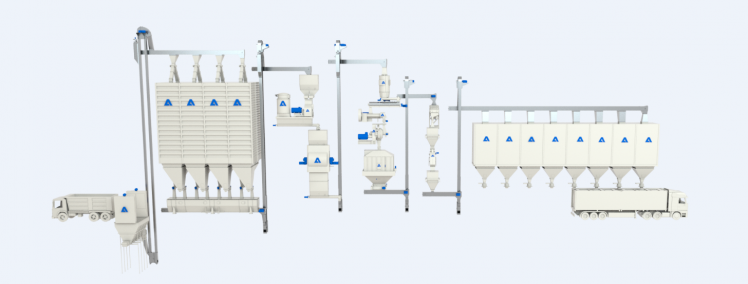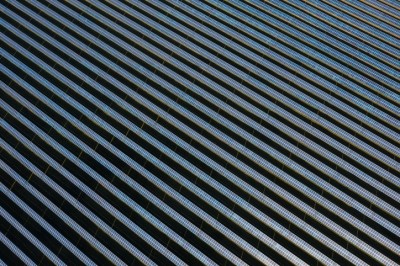Mitigating energy and production costs in feed milling

“We hear from feed mills in various markets that their monthly energy bills have risen by around 300% in the last couple of months, and it is proving very challenging for them to pass on such prices increases to their customer base,” noted Marco Baumann, vice president, business unit capital at ANDRITZ Feed & Biofuel.
He spoke to us about how that company looks to design feed mills and processes in a way that makes them more efficient and more reliable as regards energy consumption and sustainable production overall.
“When we start designing a feed mill, we look at the process and at the layout, but we also look at energy. We try to keep material handling - all the elevators and conveyors - to a minimum, as the longer these elements are the more power is required to run them.”
Conveyors and elevators can be idle for long periods of time as well, contributing to higher inefficiency.
“Having a very clear and concise system design will help to reduce the idle time of machinery and is critical to improve energy consumption within a mill.”
Raw material processing
Most new feed mills are being built today in regions where there is still high population growth and low meat consumption per capita - Asia, South and Central America, and Africa.
“But, that said, this doesn't mean that new feed plants are not being built in Europe or North America as well. ANDRITZ is globally active with specialists based regionally.”
While energy efficiency is one aspect of sustainability parameters that the company evaluates, processes to ensure the optimization of raw material use is another, to safeguard essential nutrients and ensure a better feed conversion performance.
“Every region has its own raw material specifications. Corn in Europe is completely different to corn in Asia or corn in Latin America when it comes to processing. Understanding this is very important to ensure optimal feed milling process design.”
Efficiency gains
While new facilities are often established with maximum energy savings in mind, existing factories can also provide significant energy savings with various measures that can be taken and improvements in the production process.
“Raw material processing steps such as expanding, conditioning, and pelleting are generally seen as the biggest users of energy in any feed plant. Incorporating highly efficient motors to drive that equipment will reduce downtime and ensure energy savings. Efficiency gains can also be generated by making sure all machinery is run to its defined capacity or throughput. This is often not the case, and it comes down to poor maintenance or not having enough trained operators available.
“In addition, a lot of feed mills have 24/7 operations and another way to save on energy would be for plant managers to migrate their high energy process steps to the night-time shift, with many countries having reduced energy rates at night compared to day rates.”
Automation trends
Having less operator dependent intervention during production would also result in higher productivity and decreased production costs.
“While automation is increasing in feed plants, we are still very far away from where we would like to be. There is still space for improvement. Inline and online analysis provide both accurate and continuous data and enable process stabilisation, control and thus optimisation of processes.”
Heat recovery
Recovery of waste heat in a feed plant could lower utility consumption and costs, and that is a current focus for the R&D team at ANDRITZ.
“In feed processing a large amount of high-quality steam is required for conditioning, pelletizing, ripening, extrusion cooking and drying. When you look inside a feed plant you can see how much steam is wasted and we are looking at how we could recapture that steam and reuse it within the factory. We haven’t got the solution yet, but we are working on it.”











